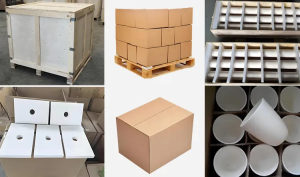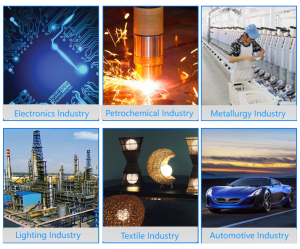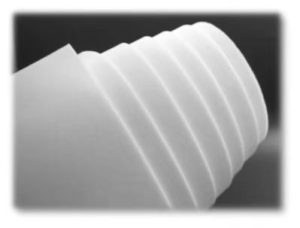Professional industry ceramic supplier, silicon nitride, silicon carbide, aluminum nitride and any other kinds of ceramics.
1. Introduction
Just 36 hours ago, researchers at MIT announced a breakthrough in gallium nitride (GaN) semiconductor crystal growth using custom-designed silicon carbide crucibles—ushering in faster, more efficient power electronics for electric vehicles and 5G infrastructure. While your Instagram feed might be flooded with #SiliconCarbideCeramicDinnerPlates and #SiliconCarbideBakingDishStaub aesthetics, the real magic of silicon carbide crucibles happens far from the kitchen, in labs and foundries where extreme heat, chemical resistance, and thermal shock stability aren’t luxuries—they’re non-negotiables.
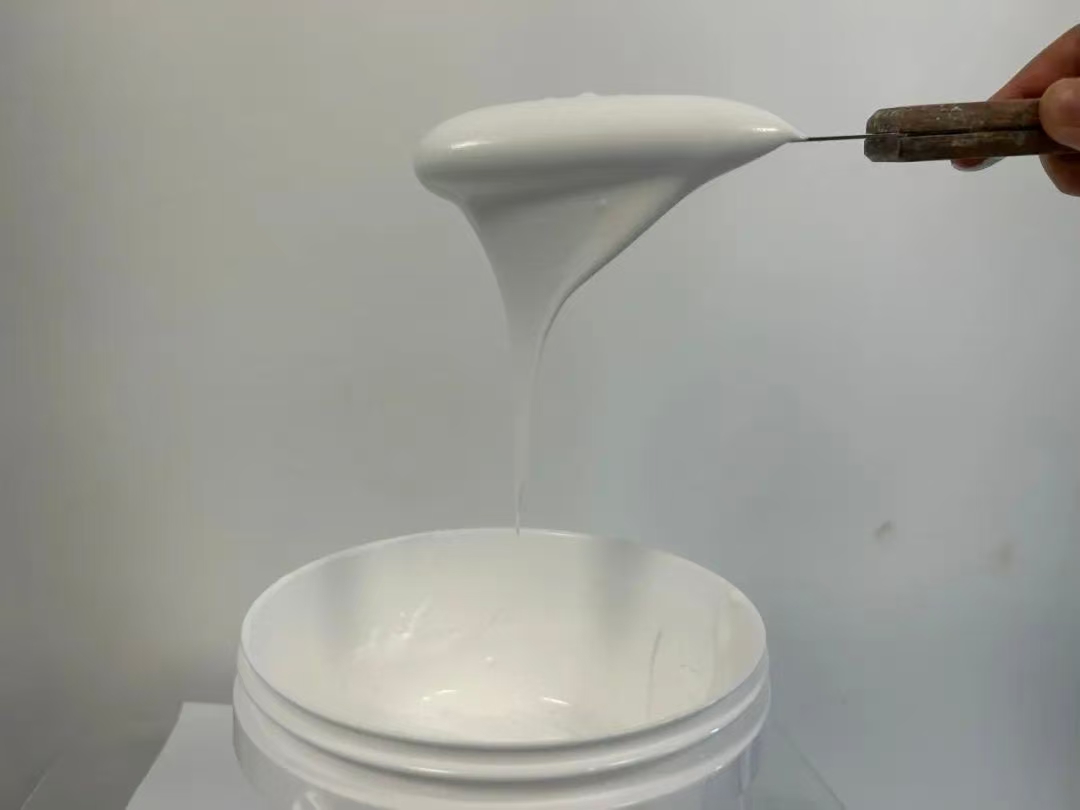
Forget boron carbide vs silicon carbide debates over body armor; in high-temperature processing, silicon carbide crucibles reign supreme. Let’s dive into five hyper-specific, real-world uses that showcase why this advanced ceramic is quietly revolutionizing niche industries.
2. Growing Single-Crystal Semiconductors
2.1. The GaN Revolution
Silicon carbide crucibles are now the vessel of choice for growing gallium nitride crystals—a material critical for high-frequency, high-power electronics. Unlike traditional alumina (Al2O3) or zirconia crucibles, silicon carbide doesn’t react with molten GaN at temperatures exceeding 1,700°C. Its exceptional thermal conductivity ensures uniform heating, minimizing defects in the crystal lattice.
2.2. Why Not Silicon Nitride?
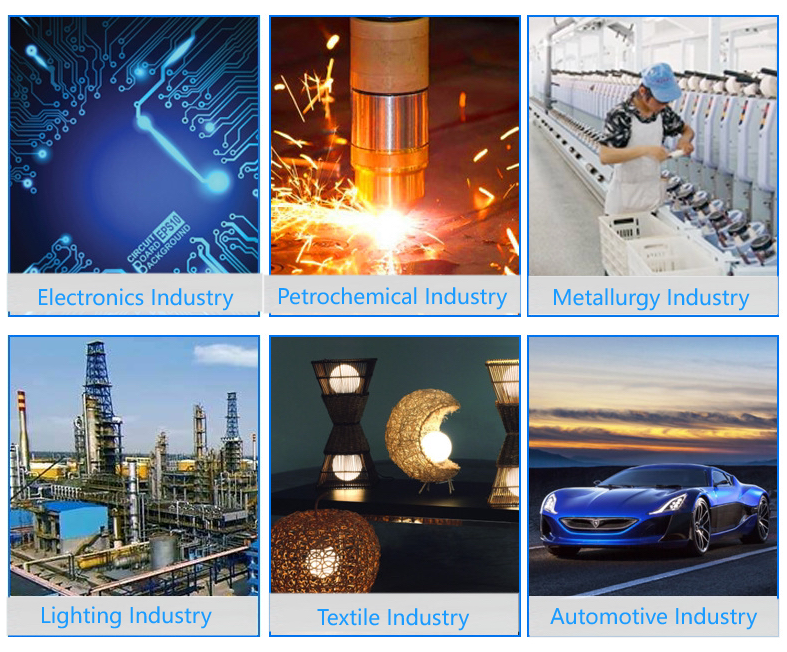
You might wonder: what about a silicon nitride crucible? While silicon nitride ceramic offers great strength and thermal shock resistance, it can decompose under the reducing atmospheres often used in GaN growth. Silicon carbide remains chemically inert, making it the unsung hero behind your future EV charger.
3. Melting Reactive Rare Earth Metals
3.1. Handling the Unhandleable
Rare earth elements like neodymium and dysprosium are notoriously reactive when molten—they’ll eat through most ceramics like a toddler through birthday cake. But silicon carbide crucibles? They laugh in the face of corrosion. Their covalent bonding structure resists attack from molten lanthanides, enabling cleaner melts for high-performance magnets used in wind turbines and hard drives.
3.2. Outperforming Alternatives
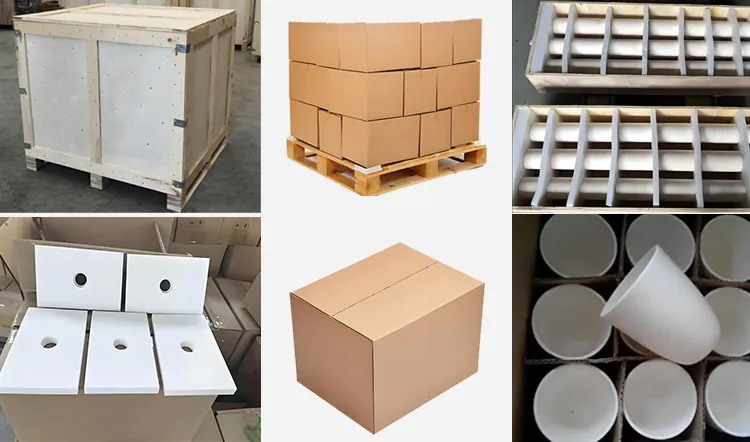
Zirconia crucibles? Too prone to cracking. Boron nitride? Expensive and fragile. Aluminum oxide? Reacts violently. Silicon carbide strikes the perfect balance of cost, durability, and inertness—making it the go-to for metallurgists working with the periodic table’s divas.
4. Aerospace Component Sintering
4.1. Beyond Burner Nozzles and Bricks
In aerospace manufacturing, components made from advanced ceramics like silicon nitride or alumina-zirconia composites require sintering at extreme temperatures. Silicon carbide crucibles serve as protective containers during this process, shielding delicate parts from contamination while withstanding repeated thermal cycling.
Interestingly, many of the same material properties that make rbsic silicon carbide tile blocks ideal for furnace linings also make them perfect crucible materials—high purity, low thermal expansion, and structural integrity up to 1,600°C.
5. Nuclear Fuel Pellet Fabrication
5.1. Containment Under Pressure
Yes, really. In experimental nuclear fuel cycles, uranium dioxide (UO2) pellets are sintered in controlled atmospheres. Silicon carbide crucibles provide unmatched containment without leaching impurities—critical when even trace contaminants can alter neutron absorption rates.
Their use here overlaps with other silicon carbide forms like silicon carbide ceramic tubes for thermocouple protection and silicon carbide porous ceramic tubes for gas filtration in hot cells. It’s all part of the same advanced ceramics ecosystem.
6. Laboratory-Scale Synthesis of Exotic Materials
6.1. From Piezo Discs to Custom Shields
University labs and R&D facilities rely on small-batch silicon carbide crucibles to synthesize everything from piezoelectric ceramics to custom silicon nitride heat shields. These crucibles enable reproducible results because they don’t introduce sodium, calcium, or iron—common culprits in failed experiments.
And while you can buy a silicon carbide ceramic butter dish with lid for your brunch spread, scientists are using the same base material to create silicon carbide piezo ceramic discs that power ultrasound devices and precision actuators.
7. Conclusion
So next time you see ‘silicon carbide ceramic dinner plates’ trending online, remember: the same advanced ceramic is quietly enabling quantum computing substrates, fusion reactor components, and next-gen batteries. The silicon carbide crucible isn’t just cookware—it’s a cornerstone of modern materials science. And no, it won’t help your soufflé rise… but it might power the oven that bakes it.
Our Website founded on October 17, 2012, is a high-tech enterprise committed to the research and development, production, processing, sales and technical services of ceramic relative materials such as 5. Our products includes but not limited to Boron Carbide Ceramic Products, Boron Nitride Ceramic Products, Silicon Carbide Ceramic Products, Silicon Nitride Ceramic Products, Zirconium Dioxide Ceramic Products, etc. If you are interested, please feel free to contact us.


